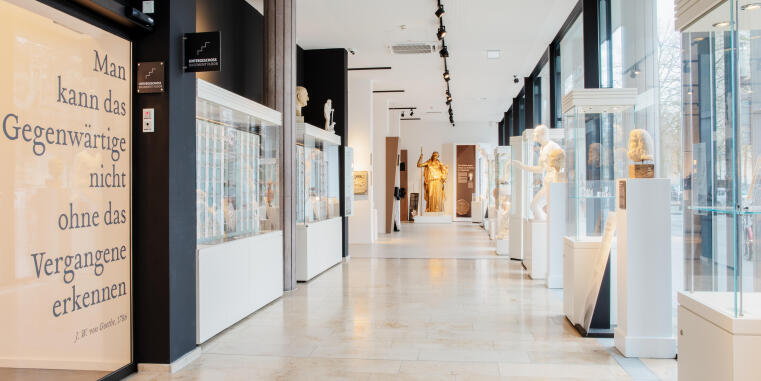
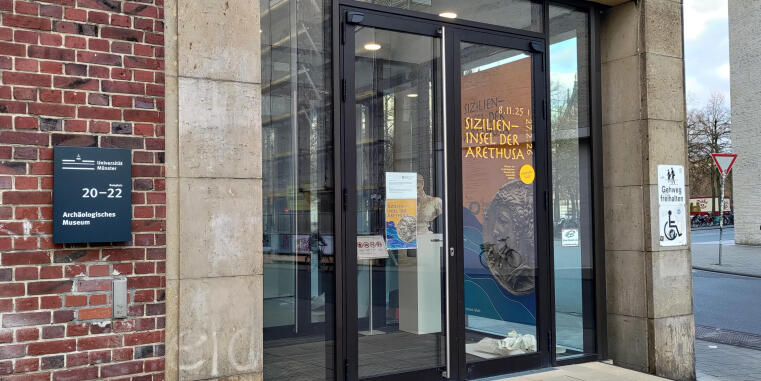

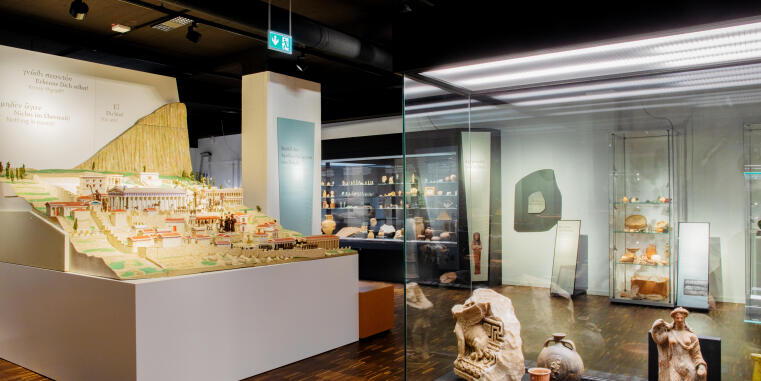
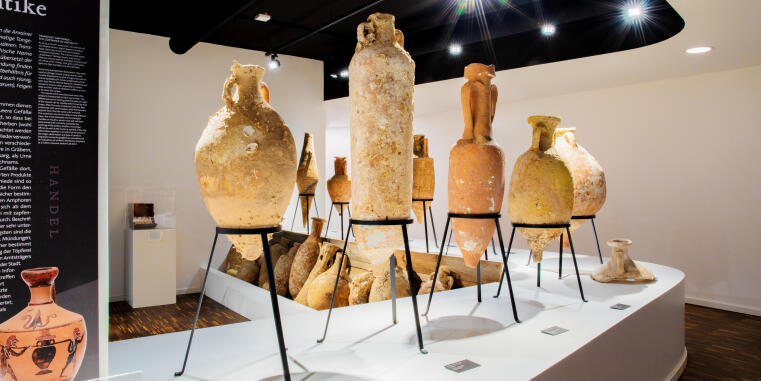





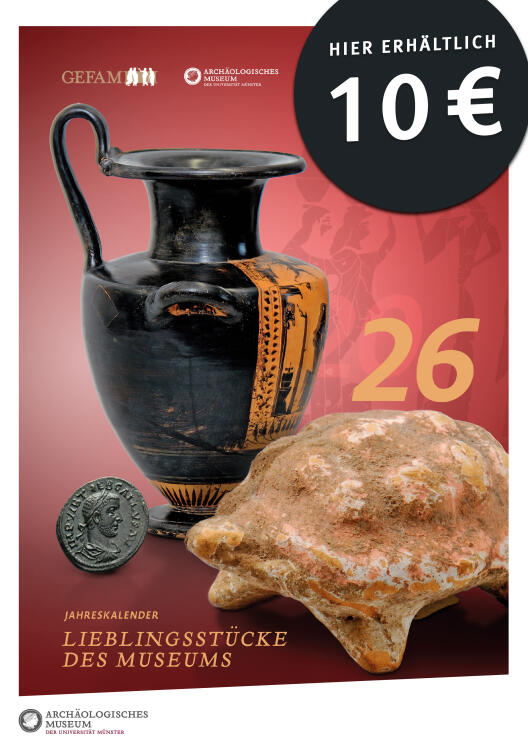
Göbekli Tepe is one of the oldest monumental sites in the world. Around 12,000 years ago, people in what is now Anatolia erected huge stone circles with pillars up to five metres high. Many of these pillars bear detailed reliefs of animals. In her bachelor's thesis, Ayla Bähr took a look at the animal images left behind and the possible function of this extraordinary early Neolithic archaeological site. She will present her findings at the ‘Topic of the Month’ on 11 and 18 January.
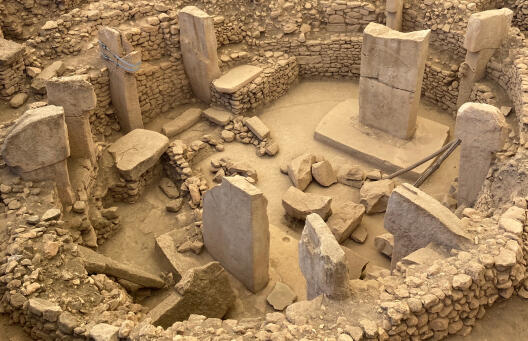

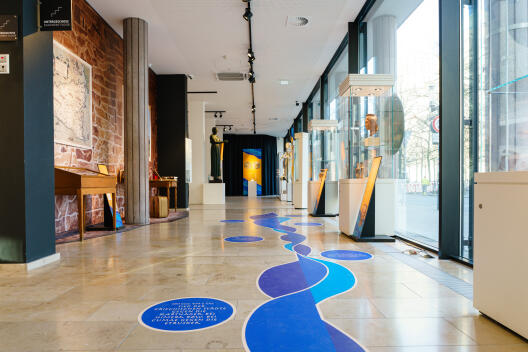
Around 420 Sicilian coins from the rich collection of the Archaeological Museum are on display until 27 February 2026 in the special exhibition ‘Sicily – Island of Arethusa’. The largest island in the Mediterranean was known for the high craftsmanship of its currency, and the names of some of the stamp cutters from the fifth century BC are even known. This is unique in the ancient world and a sign of how highly regarded they were. Thanks to private donations, the Archaeological Museum has an incomparably broad collection of Sicilian coins.